What are feeder roots?
16 years ago
Featured Answer
Sort by:Oldest
Comments (17)
- 16 years ago
- 16 years ago
Related Professionals
Londonderry Landscape Architects & Landscape Designers · Cary Landscape Architects & Landscape Designers · Forest Acres Landscape Architects & Landscape Designers · Waunakee Landscape Architects & Landscape Designers · Willowick Landscape Architects & Landscape Designers · Woburn Landscape Contractors · Americus Landscape Contractors · Braintree Landscape Contractors · Broomfield Landscape Contractors · Cincinnati Landscape Contractors · Desert Hot Springs Landscape Contractors · Ellicott City Landscape Contractors · Garland Landscape Contractors · Lady Lake Landscape Contractors · Rockwall Landscape Contractors- 16 years ago
- 16 years ago
- 16 years ago
- 16 years ago
- 16 years ago
- 16 years ago
- 16 years ago
- 16 years ago
- 16 years ago
- last year
- last year
- last year
- last year
- last year
Related Stories
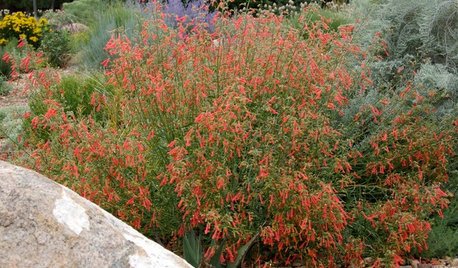
FLOWERSGreat Design Plants: Penstemon Rostriflorus
Plant bridge penstemon, also called mountain fountains, for its long-blooming scarlet spikes that act like a living hummingbird feeder
Full Story
GARDENING GUIDESCommon Myths That May Be Hurting Your Garden
Discover the truth about fertilizer, soil, staking and more to keep your plants healthy and happy
Full Story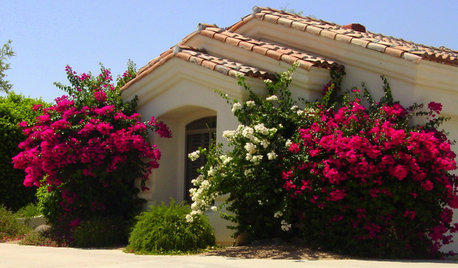
LANDSCAPE DESIGNGreat Design Plant: Sun-Loving Bougainvillea Showers Yards With Color
Bring unbeatable vibrancy to a garden or wall with this unfussy and trainable shrub packed with colorful bracts
Full Story
DECORATING GUIDES10 Tree-Hugging Interiors That Work Around Nature
Bursting up through the floor, planted in an indoor patio or potted in any room you choose, trees bring an elegance that's organic
Full Story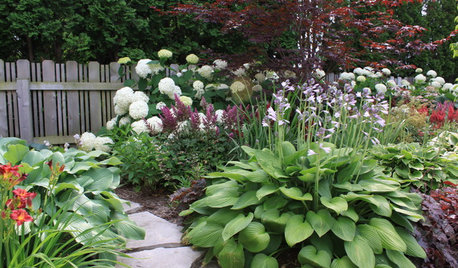
MOST POPULARSpring Gardens Are Blooming — Here’s What to Do in April
Get the guide you need for gardening in your U.S. region, with tasks, climate-appropriate plantings and more
Full Story
GARDENING GUIDESHow to Get Your Landscape Ready for Summer Storms
Don’t let high winds, dust storms and torrential rainfall catch you or your landscape by surprise
Full Story
GARDENING GUIDESBackyard Birds: How to Care for American Goldfinches
The American goldfinch is a bright-in-the-summer visitor and one of the only vegetarian songbirds. Here's how to give them a healthy habitat
Full Story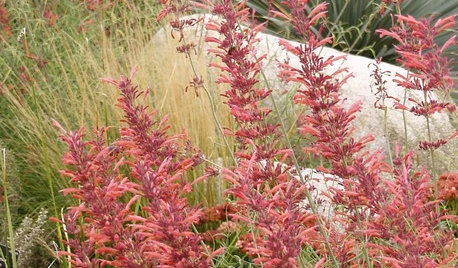
FLOWERS AND PLANTSAgastache Rupestris, a Heat-Loving Hummingbird Magnet
Threadleaf giant hyssop adds color and fragrance to late-summer and fall xeric gardens
Full Story
GARDENING FOR BIRDSFeed the Birds: 6 Plants for Abundant Winter Berries
Be kind to your fair feathered friends during lean food times by planting a shrub or tree loaded with nutritious snacks
Full Story
WINTER GARDENING10 Native Wildflowers to Beautify Your Winter Garden
They stand strong in wind, feed wildlife and are easy to grow. But you may want to add these plants for their looks alone
Full Story


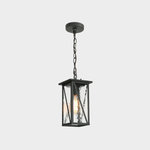





Mischievous Magpie (CO 5b)